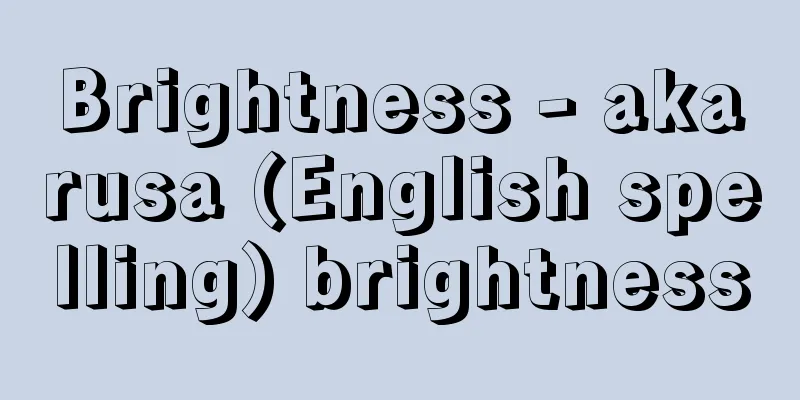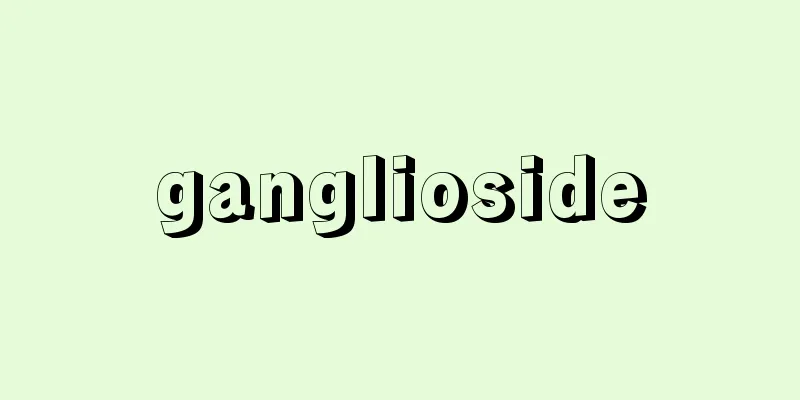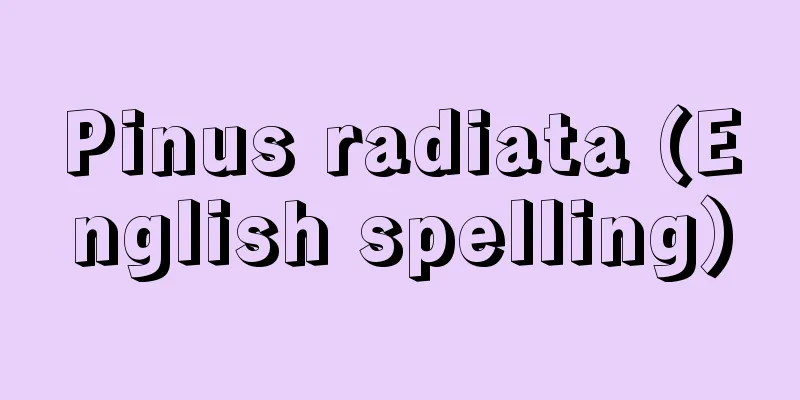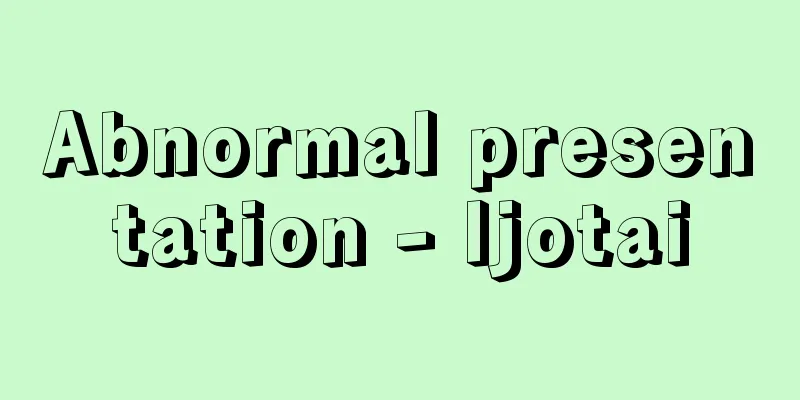Brightness - akarusa (English spelling) brightness

|
An attribute of visual sensation produced when light enters the eye. Concepts used in daily life include the following: Brightness, which indicates the lighting capacity of a light source, is called luminous intensity, the brightness of a place illuminated by a light source is called illuminance, and the brightness of an object placed under a certain illuminance, in other words, the brightness perceived by the human eye, is called luminance or luminous emittance. At the same illuminance, white paper has a higher luminous emittance than black paper, and is perceived as brighter by the eye, so it is said to have higher luminance. Humans are able to adapt to brightness ranging from starry nights to midday in direct sunlight. The range in which vision can function is approximately 10 -3 lux to 10 5 lux. In fact, we can adapt to a brightness range of 1:10 8. This is because the retina of the eye changes its sensitivity to light depending on the brightness. When the retina's sensitivity to light increases in dark places, it is called dark adaptation, and when it decreases in bright places, it is called light adaptation. The dark adaptation state of the eye is called scotopic vision, and the light adaptation state is called photopic vision, and the intermediate state between these is called mesopic vision. The magnitudes of luminous intensity, illuminance, luminous emittance, and luminous flux intensity, which are the basis of brightness mentioned above, are determined based on the sensitivity of the retina in photopic vision. The word brightness is also used in lenses and colors, and is expressed as F-number and reflectance, respectively. [Takahashi Sadao] "The Latest Easy Theory of Vision" (1977), edited and published by the Illuminating Engineering Institute of Japan; "Lighting Handbook" (1987, Ohmsha) ; "Lighting Handbook" 2nd edition, edited by the Illuminating Engineering Institute of Japan (2003, Ohmsha); [Reference] | | | | | | |Source: Shogakukan Encyclopedia Nipponica About Encyclopedia Nipponica Information | Legend |
|
光が目に入ることによって生じる視感覚の属性。日常生活で使われる概念には次のようなものがある。光源の照明能力を表す明るさを光度といい、光源によって照らされた場所の明るさを照度、ある照度のもとに置かれた物体の明るさ、つまり人の目に感じる明るさを輝度または光束発散度という。同一照度のもとでは白い紙は黒い紙よりも光束発散度が高く、目では明るく感じられるので輝度が高いという。 人は、星明かりの夜から直射日光の当たる真昼の明るさに適応することができるようになっている。視覚の働くことのできる範囲は、照度でいうとおよそ10-3ルクスから105ルクスである。実に1:108の範囲の明るさに順応する。これは目の網膜が明るさに応じて感光度を変化するからである。暗い所で網膜の感光度が高くなる場合を暗順応、逆に明るい所で感光度が低くなる場合を明順応という。また、目の暗順応状態を暗所視、明順応状態を明所視といい、これらの中間の状態を薄明視という。前述の明るさのもとになる光度、照度、輝度および光束発散度の大きさは、明所視における網膜の感度を基礎にして定められている。明るさということばはレンズや色彩にも用いられ、それぞれF数、反射率で表される。 [高橋貞雄] 『照明学会編・刊『最新 やさしい明視論』(1977)』▽『照明学会編『ライティングハンドブック』(1987・オーム社)』▽『照明学会編『照明ハンドブック』第2版(2003・オーム社)』 [参照項目] | | | | | | |出典 小学館 日本大百科全書(ニッポニカ)日本大百科全書(ニッポニカ)について 情報 | 凡例 |
<<: Akarnania (English spelling)
Recommend
Yasushi Sugiyama
Japanese painter. Born in Tokyo. Graduated from t...
Extraordinary rays - Ijōkōsen
When light passes through something like calcite a...
Conditional rights - conditional rights
When a condition is attached to a legal act, the e...
Jien
A Tendai Buddhist monk and poet in the early Kama...
Korean flute / Koma flute - Komabue
A type of bamboo flute. In the past, it was also w...
Labor Newspaper - Roudou Shinbun
This is the organ newspaper of the Central Commit...
Gyokuunsai Teityu
⇒ Kontonken Kunimaru Source: Kodansha Digital Japa...
Mio
A fishing village in the west of Mihama Town, west...
Acrosin - Acrosin
… In mammalian sperm, the acrosome process is not...
Noble Yamabushi
…Later, during the Jōkyū War, Emperor Gotoba'...
Bunka Shureishu - Bunka Shureishu
This is an imperially commissioned anthology of C...
Forced labor - Kyoseiroudou
Labor that is forced through violence or other me...
Navigable semicircle
In the Northern Hemisphere, it refers to the left...
Somoza family - Somoza
A family that wielded power in Nicaragua's pol...
Omaezaki [town] - Omaezaki
It is a former town in Haibara County in southern ...


![Otoineppu [Village] - Otoineppu](/upload/images/67cb1f8416168.webp)






